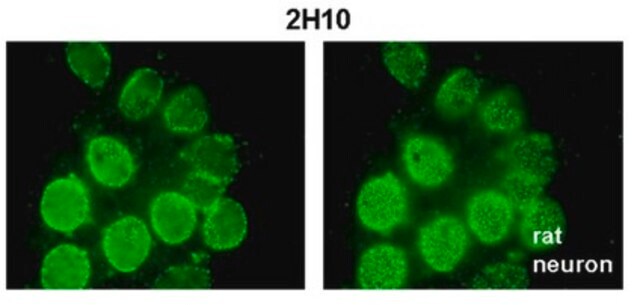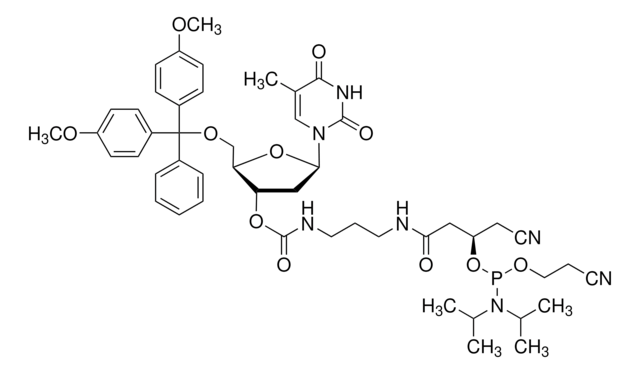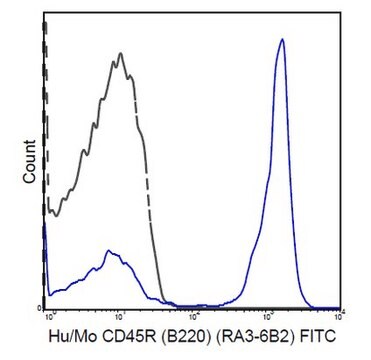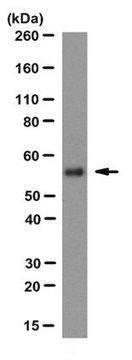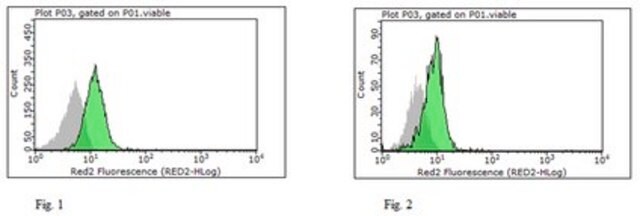MABD411
Anti-BMP4 Antibody, clone PA354-16.1.1
clone PA354-16.1.1, from mouse
Sinónimos:
Bone morphogenetic protein 4, BMP-4, Bone morphogenetic protein 2B, BMP-2B
About This Item
Productos recomendados
biological source
mouse
Quality Level
antibody form
purified immunoglobulin
antibody product type
primary antibodies
clone
PA354-16.1.1, monoclonal
species reactivity
human
technique(s)
flow cytometry: suitable
immunohistochemistry: suitable
western blot: suitable
isotype
IgG2aκ
NCBI accession no.
UniProt accession no.
shipped in
wet ice
target post-translational modification
unmodified
Gene Information
human ... BMP4(652)
General description
Immunogen
Application
Flow Cytometry Analysis: 1:200 dilution of this antibody from a representative lot detected BMP4 in Caco-2 cells (Data courtesy of Juan Ignacio Imbaud, Protein Alternatives).
Stem Cell Research
Cell Cycle, DNA Replication & Repair
Quality
Western Blotting Analysis: 0.5 µg/mL of this antibody detected 0.01 µg human recombinant protein BMP4.
Target description
Physical form
Storage and Stability
Other Notes
Disclaimer
¿No encuentra el producto adecuado?
Pruebe nuestro Herramienta de selección de productos.
Storage Class
12 - Non Combustible Liquids
wgk_germany
WGK 1
Certificados de análisis (COA)
Busque Certificados de análisis (COA) introduciendo el número de lote del producto. Los números de lote se encuentran en la etiqueta del producto después de las palabras «Lot» o «Batch»
¿Ya tiene este producto?
Encuentre la documentación para los productos que ha comprado recientemente en la Biblioteca de documentos.
Nuestro equipo de científicos tiene experiencia en todas las áreas de investigación: Ciencias de la vida, Ciencia de los materiales, Síntesis química, Cromatografía, Analítica y muchas otras.
Póngase en contacto con el Servicio técnico

